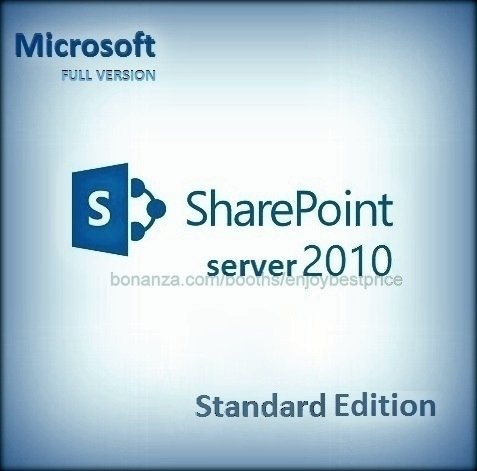- Sharepoint 2019 Cal
- Sharepoint 2010 Standard Calculation
- Sharepoint Cal Pricing
- Sharepoint 2010 Standard Calendar
SharePoint Server 2010 and 2013 have somewhat different licensing rules for Internet-facing sites. Listed below are the licensing requirements for Internet-facing sites under both versions of SharePoint. Both SharePoint 2010 and 2013 licensing models employ two types of Client Access License (CALs): a Standard CAL and an Enterprise CAL. If you get SharePoint Standard you need to pay for FAST CALs. Answered 1 Replies 4646 Views Created by Sonya.aa - Friday, September 9, 2011 6:10 PM Last reply by Paul stork, MCM, MVP - Friday, September 9, 2011 7:44 PM.
Sharepoint 2019 Cal


I’m often left more than a little surprised when I meet with a company implementing SharePoint 2010 Standard and the folks there will be under the impression that they don’t need or want the Enterprise CAL (Client Access License). Not only that, but they seem hung up on an apparent ‘huge cost’ to it.

Sharepoint 2010 Standard Calculation
I seem to be saying this a lot lately, so I thought I’d take a moment to blog about it.
Sharepoint Cal Pricing
Just get/buy the SharePoint 2010 Enterprise CAL already.
Look, by the time you invest in the following…
- Hardware, virtualized or not, there is some hardware investment underneath it
- Storage Costs
- Windows Server Licenses
- Windows Server CAL’s
- SQL Server Licenses (by CPU or Server with CAL)
- SharePoint Server Licenses
- SharePoint Standard Server CAL’s
- SSL Certificates
- Antivirus Software
- Backup Software
- End user and IT Training
- Branding
- Consulting
- Installation, Implementation, Customization Time
- 3rd Party components that enhance search, workflows, web parts, etc.
- Project Management
After going through and paying for most or all of the above, the SharePoint 2010 Enterprise CAL should be a fraction of the overall budget. I’d even bet its less than 5% if you worked out all the TCO. So why wouldn’t you go all the way?
The Enterprise CAL gives you (IMHO) one of the jewels of the SharePoint crown, InfoPath Web Services – Web based forms and lists that can be modified used InfoPath. Never mind the power of Excel Services, BI/Performance Point, Access Services, Visio Services, Filtering Web Parts, etc.
So much rich stuff and all the stuff your executives have seen in demo’s and started salivating over SharePoint about in the first place!
I get the value/price point of SharePoint Foundation. Heck, that’s what helped build our company, providing innovative and clever ways to not spend any money on SharePoint Licensing , but Standard confounds me. To me, there is only Foundation or Enterprise when talking to a customer about their needs and requirements, yet we end up with Standard at our disposal more times than not.
Sharepoint 2010 Standard Calendar
Either way, Microsoft is happy. Foundation is the product that gets you hooked and spurns/sprawls many little SharePoint engagements and inspirations. SharePoint Server/Enterprise is the product that provides the tools that allows you to tie all the little Foundation implementations together with navigation and insights into your data with publishing, search and BI.
